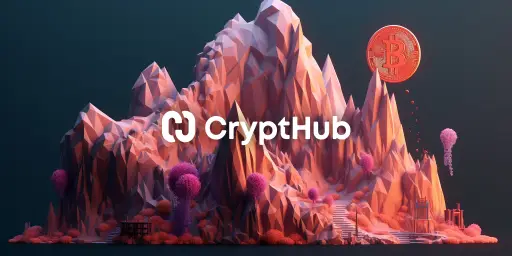XRP and ISO‑20022: A revived controversy surrounding misinformation
ISO stated that cryptocurrencies are not ISO 20022‑compliant and are not registered under the messaging standard. The organization directs references to digital token identifiers to ISO 24165 instead. A recent post cited this clarification to counter claims that certain digital assets meet ISO 20020 requirements. Users on X disputed who spread misinformation, with some defending a researcher who often shares documents they deem accurate. Others highlighted repeated false claims that tokens like XRP are ISO 20022‑compliant, stressing the standard is meant for financial institutions, not independent crypto assets. The exchange illustrated differing views on how ISO standards apply to digital tokens. The researcher, known as SMQKE, is known for blending historical references with technical documentation about XRP and finance. The renewed debate underscores the difficulty of maintaining accuracy in fast‑moving crypto discussions, especially regarding regulatory frameworks. Accurate interpretation of international standards remains crucial to prevent misleading narratives.























